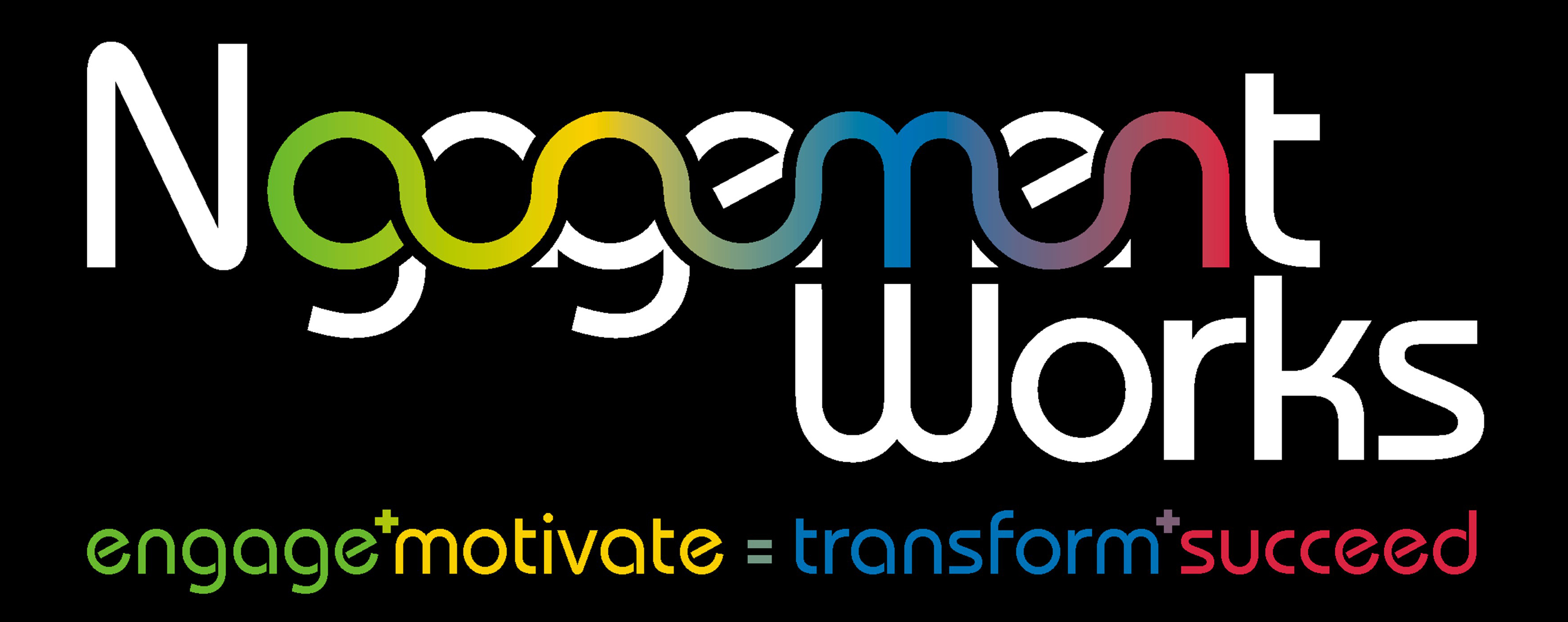The first thing you need to establish if you wish to transform any team into a high-performing team is to get clarity and agreement on why your team exists i.e. the PURPOSE of your team. In the Team DyNAmics© Model that I created, it is the most important of the sixteen elements that need to be managed effectively if you want to create a high-performing, engaged, dynamic and successful team.
We want meaning in our lives
In a survey mentioned by Harvard Business Review, 98% of workers said that having meaning to their lives was important. As we spend a large part of our lives in work and in teams, it is no wonder therefore, why an agreed and compelling team purpose is the foundation upon which a high-performing team is created. As Stephen Covey mentions in his book The Seven Habits of Highly Effective People,
Begin with the end in mind.
An ill-defined purpose leads to low morale
One of my first leadership roles was to lead an already established finance team. I was aware that they had a low esteem of what they did and that perception was mirrored in the business units they had a relationship with.
At the first meeting I had with my new team, I asked them, “Why do you exist as a team?” I asked each one of them to write down on a piece of paper what they thought. They then shared what they had written with the rest of the team. Their responses were varied but at the core of what they thought was that they collected financial data from various reporting units and put it in an agreed format. They were widely known as the ‘bean counters’. No wonder they felt bad about themselves and other parts of the business did not value what they did. Their team purpose was mundane and added little value.
The 3 elements
For the next couple of hours, I challenged them and their perception as to why the team existed. I did this by getting them to focus on agreeing three fundamental elements that together, would make a clear a compelling purpose for the team.
The three elements that I asked them to develop were as follows:
1. What does our team exist to do?
What is it that we really do and deliver?
2. What does this enable?
What value-add does this really achieve
3. What benefits does this deliver?
How do others really benefit from what you do?
Eventually, after many ideas and much discussion, the team came up with a team purpose statement that made them feel positive about the work they did and the value that it added to other parts of the business.
The acid test
It is important that your team purpose can be justified and is specific. It is no good using phrases such as “the best”, “the most creative”, “a world leader”, unless these words can be backed up with evidence that your team is that.
The acid test is to try out your team purpose on someone who doesn’t know your team. They should understand exactly why your team exists in a few short sentences.
During a visit to the NASA space center in 1962, President Kennedy noticed a janitor carrying a broom. He interrupted his tour, walked over to the man and said, “Hi, I’m Jack Kennedy. What are you doing?”
The janitor responded, “I’m helping put a man on the moon, Mr. President.”
What a great story! Obviously, the janitor understood the importance of his contribution and how his role linked into the overall purpose of the NASA Space Team at the time. He truly felt he was a valuable part of something bigger than himself, and his attitude created a feeling of self-confidence in his mission. He wasn’t merely a janitor, he was a member of the 1962 NASA Space Team!
An example Purpose statement
It would be totally inappropriate for me to share the team purpose of the finance team that I led, so I have chosen to share that of my company Ngagementworks which is as follows:
What does Ngagementworks do?
Ngagementworks exists to provide learning and development solutions that,
What does this enable?
engage individuals and motivates teams, helping them transform and achieve even greater success,
What are the benefits?
resulting in increased engagement and effectiveness at individual, team and organisational levels.
What is your leadership, operational or project team purpose?
So, what about your team? Do you have an exciting, value-adding team purpose that everyone is bought into and understands? It doesn’t matter whether you are a leadership team, an operational team or a project team, this is the most important thing that you need to establish and agree. If you haven’t;
- Make the time to define your team purpose
- Check it out with your team and others to ensure it is clear
- Keep it simple
I’d love to hear about your team purpose.
Yours behaviourally, Nick
If you have found this article of interest, please use the Follow option at the bottom of this page, to ensure that you are informed of future posts plus, help others and Pay It Forward, by sharing with those who may find it useful.
Would you like to know more about how the Team DyNAmics© Model may help you and your team achieve greater success or me speaking at your conference?
I can be contacted via email via nick@ngagementworks.com or by calling me on 00447966306903 or by using the Contact Form
Related Articles
Big Data Reveals That Leaders Don’t Have Tools To Measure Team Performance
An insight to the trends over the last 12 months from those teams using the Team DyNAmics© Model. What is working well in teams and the challenges that they face. Big Data Reveals That Leaders Don’t Have Tools To Measure Team Performance.
Teamwork at its best in Beijing
Find out how a team effectively used the Team DyNAmics© Model when I joined them for a trip to the Temple of Heaven in Beijing, when I was speaking and facilitating workshops at an international conference of leaders and entrepreneurs. Teamwork at its best in Beijing.
TV Interview: “Cracking The Code Of High-Performance Teamwork”
A video of an interview explaining the importance of understanding and measuring the WHO is in your team and HOW effectively they work together if you want to achieve high-performance in teamwork. TV Interview: “Cracking The Code Of High-Performance Teamwork”
How Coldplay & Pilar Zeta Inspired A Logo
The story behind how the Team DyNAmics Model logo was created. How Coldplay & Pilar Zeta Inspired A Logo


